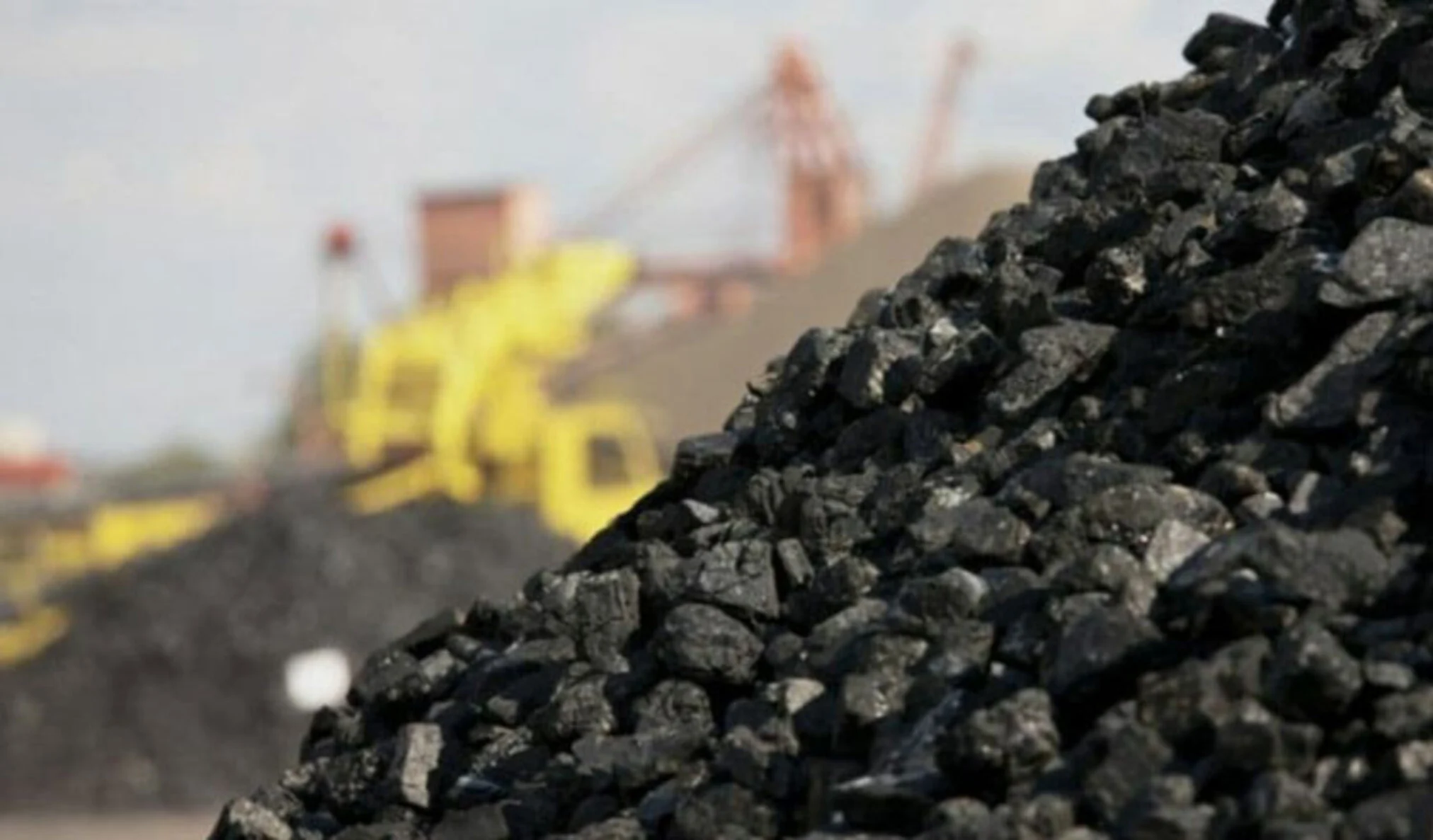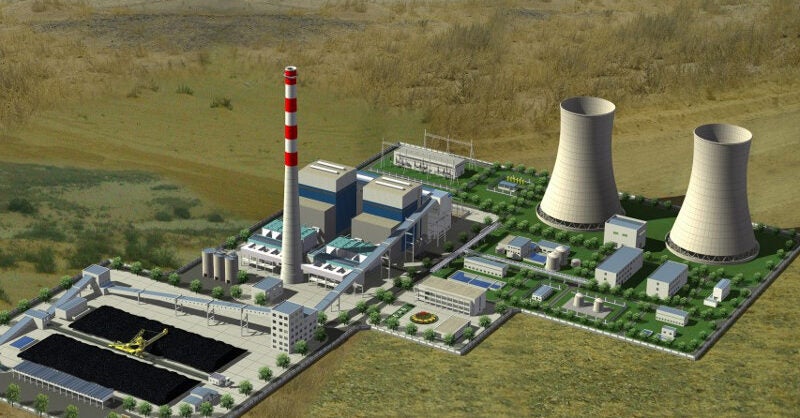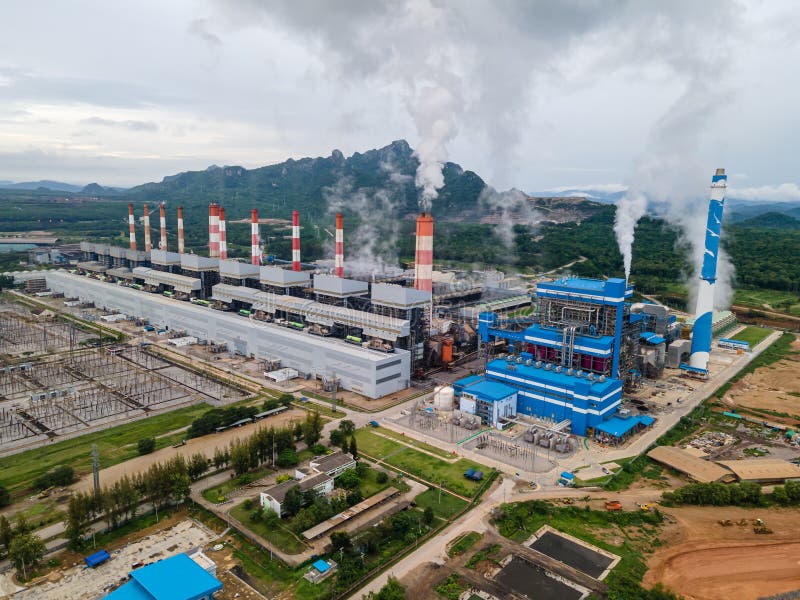News
Thailand to Construct Four New Coal Power Plants by 2034

Thailand is on course to construct four new coal power plants by 2034 despite its proclamation of lofty emissions reduction goals by 2050.
Thailand declared its ambitious goals to attain carbon neutrality by 2050 and net-zero greenhouse gas emissions by 2065 during the COP26 climate summit in Glasgow, Scotland, in November 2021.
Five months later, the Thai government announced plans to add four additional coal power plants to the country’s electrical infrastructure.
Thailand’s Cabinet approval has already been granted for the first two coal power plants, twin generators with a total installed capacity of 660 megawatts. They are slated to begin building this year and run from 2026 to 2050 as part of the Mae Moh power plant’s series of coal-powered units.
The facility has ten generators with a total capacity of 2,200 MW and is fuelled by coal from an adjacent open-pit lignite mine covering 2,880 hectares (7,116 acres).
The country’s power growth plan for 2018-2037 also calls for constructing two additional 1,000-MW coal plants, the precise sites of which have not yet been made public.

One, in the nation’s east, is slated to begin operations in 2033. A year later, a second cola power plant project will begin in the south. Both will be operational for 25 years.
Thailand appears to be trending toward coal, retaining around 6,000 MW of coal capacity within its 56,000 MW yearly supply system despite its vow to reduce emissions.
Coal-fired power plants are required to sustain “low-cost electricity” and prevent future power shortages, according to Thailand’s Electricity Generating Authority, the country’s sole lignite miner and a state-owned corporation.
However, October 2021 study undertaken by a Thai academic team in partnership with Greenpeace puts doubt on these ideas.
They discovered that Thailand already produces far more power than it needs, with peak demand exceeding producing capacity by as much as 13,800 MW, or a 43.5% surplus.
Even if coal were phased out by 2027, the country would still retain a 15% reserve capacity, in line with the level recommended in the United States.
Chuenchom Sangarasri Greacen, an independent energy expert who has studied Thailand’s energy policies for more than two decades, explains, “The government has such a high surplus that it can go eight years without building any new power plants.”

The government asserts that adding new coal power generators, such as the Mae Moh project, will not impact emissions goals, as the plant will combine cutting-edge, efficient technologies, such as ultra-supercritical steam generators.
However, studies assert that even so-called “clean” generators have limitations. “This innovative and highly recognized technology improves combustion, but it still emits carbon dioxide,” adds Greacen.
In addition, any evaluation of the impact of new generators must account for the emissions of harmful compounds during the mining and processing of the fuel, such as methane, lead, and mercury.
According to researchers, the ultra-supercritical steam coal power generators proposed for Mae Moh are more efficient than older technology but will emit carbon dioxide into the atmosphere.
Plans to construct new coal-fired power stations in Mae Moh, in the northern Thai province of Lampang, threaten to spark long-simmering conflicts.
Mae Moh is the largest coal power mine in the country, but it is not the only location where coal has generated controversy.
EGAT wanted to construct two coal power stations in the coastal regions of Songkhla and Krabi provinces. The proposed plants were met with fierce opposition from communities and environmental organizations.
After ten years, these projects have been put on hold and removed from the national power growth plan.
Meanwhile, China is constructing many coal power plants to fuel its post-pandemic economy.
The government has pledged a peak in CO2 emissions by 2030, but the new coal splurge threatens China’s decarbonization goals and global climate change efforts.
Over half of the 176 gigawatts of coal power capacity in 2021 was constructed in China.
China is responsible for more than half of the new coal fired power stations developed worldwide in 2016, demonstrating the extent to which the country supports one of the most significant contributors to climate change.
At the COP26 climate meeting last year, nearly 200 countries vowed a “phase-out” of coal. However, a non-profit Global Energy Monitor report indicates that this goal has not yet been reached. Globally, the number of coal-fired power plants is increasing as new constructions outweigh the closure of older units.
China accounted for 52 Gigawatts of the 176 Gigawatts of coal power capacity under construction in 20 countries worldwide in 2013.
The global statistic has barely altered from the 181 GW under development in 2020, despite official evaluations indicating that no new coal projects can be constructed if climate goals are to be achieved.































